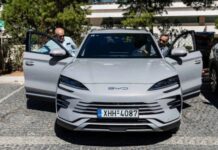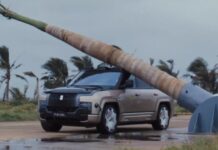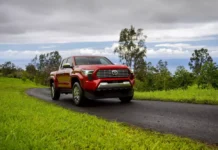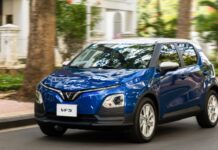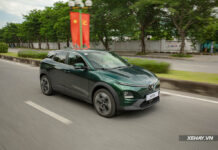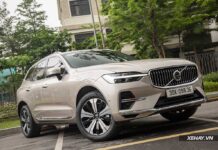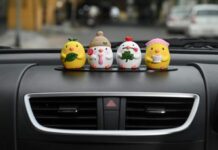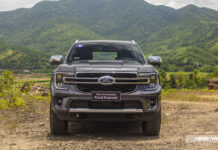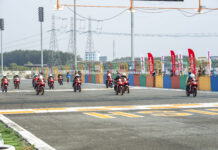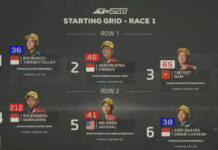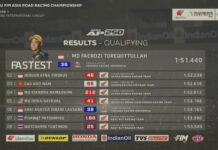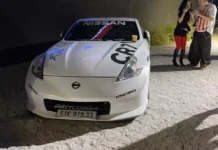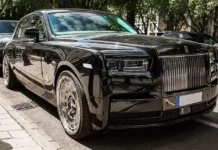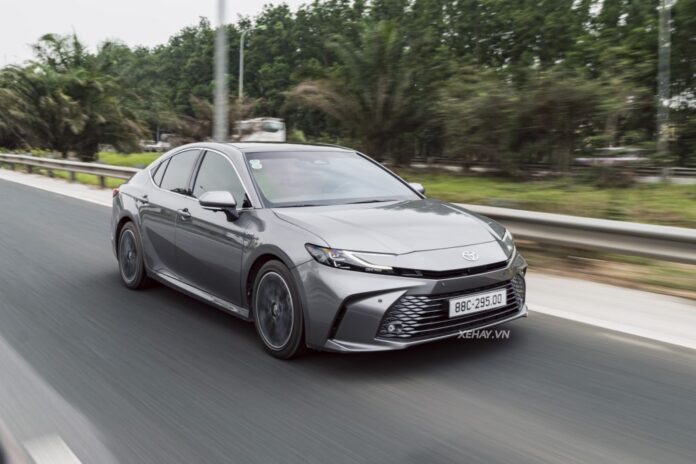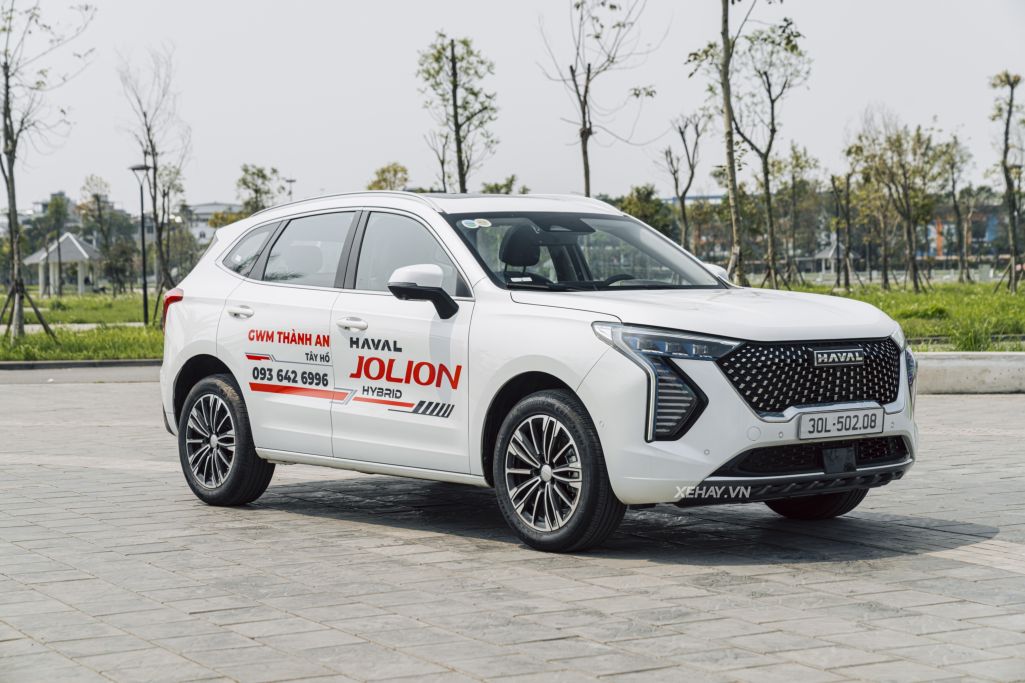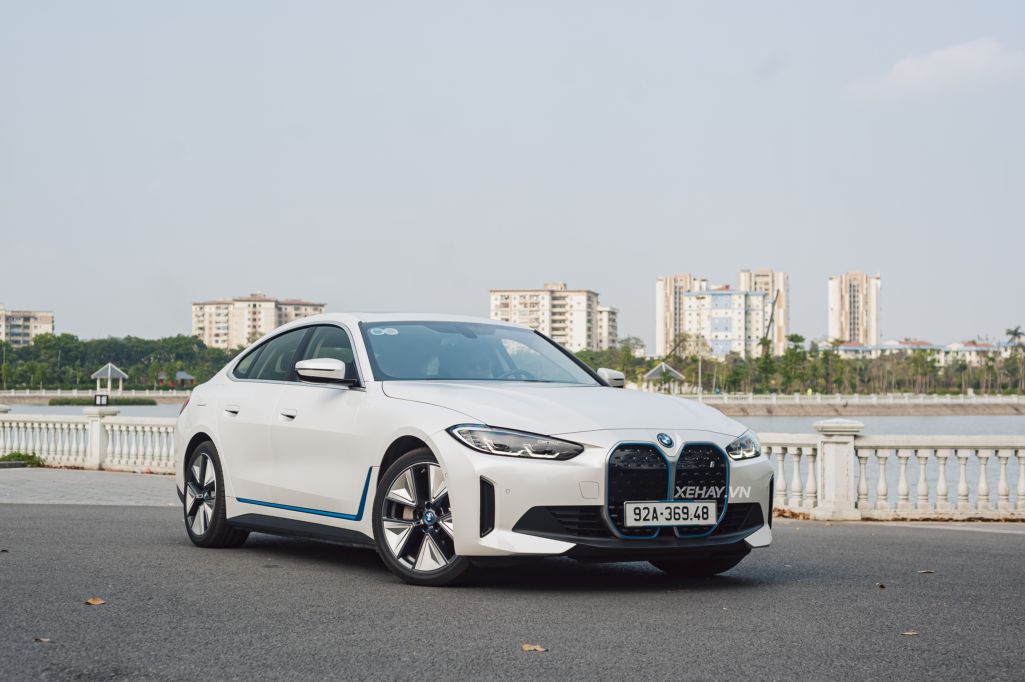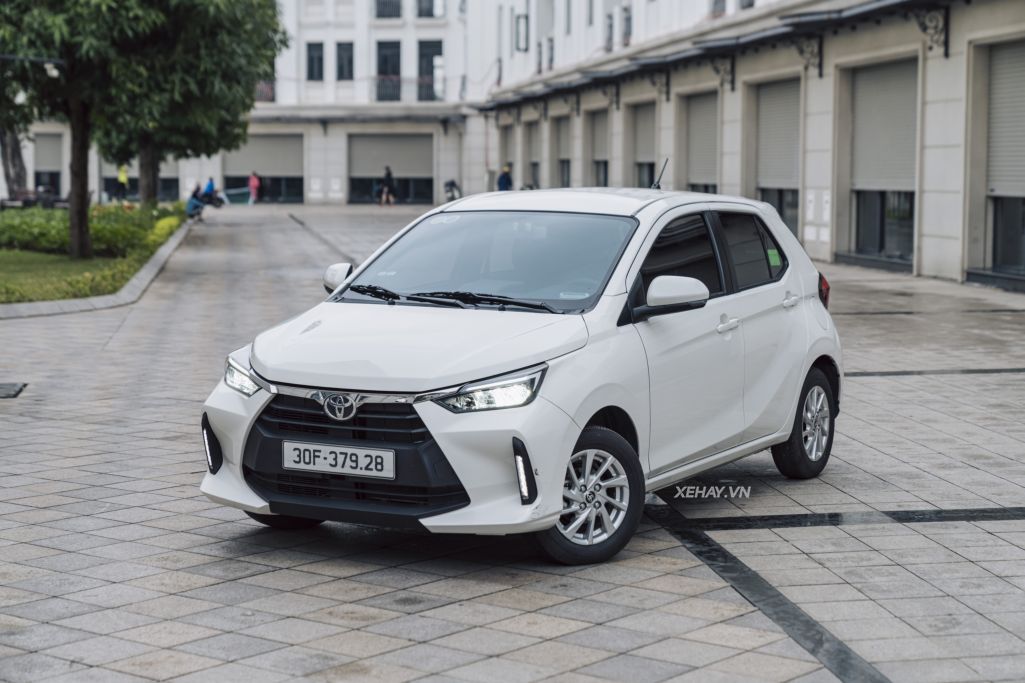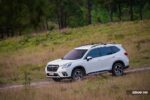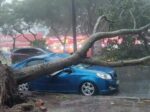Purchasing your first car is a significant milestone, marking not just a reward for years of hard work but also a turning point in how you move and experience life.
However, as it’s your first time, it’s easy to let emotions override logic, leading to hasty decisions. The price you pay may not just be in the tens of millions of dong but also in years of regret.
If you’re planning to join the world of four-wheeled commuters, read this article carefully.
Buying a car for its looks rather than practicality
Many people choose a car the way they choose a smartphone: they see a sleek design, modern interior, and loads of features and are instantly hooked. But a car is not just a display piece; it will be your daily companion on every journey.
If you live in the ancient quarters of Hanoi and choose a large 7-seater SUV, just turning the car around in a tight space can be a nightmare. Or, if your daily commute is only 7 km, opting for a 2.4L gasoline engine will make you wince every time you fill up.
So, before considering style or features, be honest with yourself: what do you need the car for? Daily commutes? School runs? Occasional long-distance trips? Let your practical needs guide your decision, not just outward appearances.
Getting lost in the tech maze and paying for unused features
Nowadays, even basic models come loaded with features: lane departure warning, automatic emergency braking, HUD, adaptive cruise control, 360-degree cameras, and more. It’s easy to get sucked into the mindset that more features mean a better deal.
However, many people forget about the HUD after two weeks. Some have even nearly caused accidents because they thought the 360-degree camera could replace mirrors. Worse still, some pay an extra 70 million VND for a higher trim level without truly understanding their needs.
While technology is great if you can use it, stay clear-headed about the “full-option” trap. Before buying, ask yourself: will I use this feature regularly? If the answer is “I’m not sure,” don’t pay extra for it.
Considering the car’s price but neglecting maintenance costs
“This car is 500 million VND; it’s within my budget” is a common refrain among first-time car buyers. But the price tag is just the tip of the iceberg. What you’ll feel every month is the cost of ownership, something many realize only after signing the contract. Here are some expenses to consider:
On-road costs: In addition to the listed price, expect to pay an extra 40-70 million VND in taxes, registration fees, compulsory insurance, and inspection fees, depending on your locality.
Parking fees: This is a fixed monthly expense that many overlook. In residential areas, you might pay a minimum of 1-2 million VND per month, but in city centers or office districts, this could double and is often non-negotiable.
Maintenance and repair costs: On average, a car will need at least 7-10 million VND per year for routine maintenance. There are also wear-and-tear items like tires and batteries, plus unexpected repairs, especially if you’re a new driver.
Fuel: Even for city driving, monthly fuel costs can range from 1-3 million VND, depending on engine size, traffic conditions, and driving habits.
So, don’t stretch your budget to the limit on the listed price and forget about the ongoing costs. Always set aside at least 10-15% of your budget for unexpected expenses. Only buy a car when you’re confident you can afford to maintain it for at least the next 2-3 years.
Underestimating the importance of insurance, only to regret it later
Many first-time car buyers only opt for compulsory third-party insurance to save a few million dong, neglecting comprehensive coverage for their vehicle, theft, or flooding. But a minor scrape in an underground parking lot or a flash flood can leave you deeply regretting that decision.
Some car owners only realize after an accident that they could have purchased additional coverage for flooding, theft, or even upgraded accessories. Insurance is about protecting yourself from the unexpected, not the inevitable. Your first car especially needs this protection, as you’re still gaining driving experience and learning to manage risks.
Not test-driving, not asking real users, and believing the ads
This is a critical mistake. Many are drawn in by flashy YouTube videos and glowing reviews, deciding to buy a car based solely on hearsay without ever taking it for a spin.
Only when you test-drive will you know if the seats are comfortable, if the steering wheel feels right, and if you have good visibility. And only when you ask actual users will you learn about the dealership’s after-sales service, fuel economy, or common issues.
So, when buying a car, test-drive at least 2-3 models, and don’t hesitate to ask around. Your first car doesn’t have to be perfect, but it should be the right choice—right for your needs, your financial situation, and the way you’ll use it every day. Stay level-headed, and don’t let “owning a car” turn into “being stuck with the wrong car.”
Does Car Insurance Cover Natural Disaster Damage?
In recent days, the onslaught of Typhoon No. 3 in the northern provinces has had a significant impact on the lives of the people. The storm has caused widespread damage, with strong winds and heavy rains leaving a trail of destruction in its wake. The resilience of the community is being tested as they navigate through the aftermath, picking up the pieces to rebuild their lives.
What to Expect from Your Car Insurance When It’s Damaged by Trains
Introducing the all-new Hyundai Creta – a sleek and powerful SUV that packs a punch. But one fateful day, tragedy struck as it was hit by a train while parked near railway tracks. The question now lingers: will insurance cover the damage? Uncover the fate of this formidable vehicle and whether its owner will receive the compensation they deserve. Step into the world of Hyundai Creta and embark on a journey of intrigue and uncertainty.

